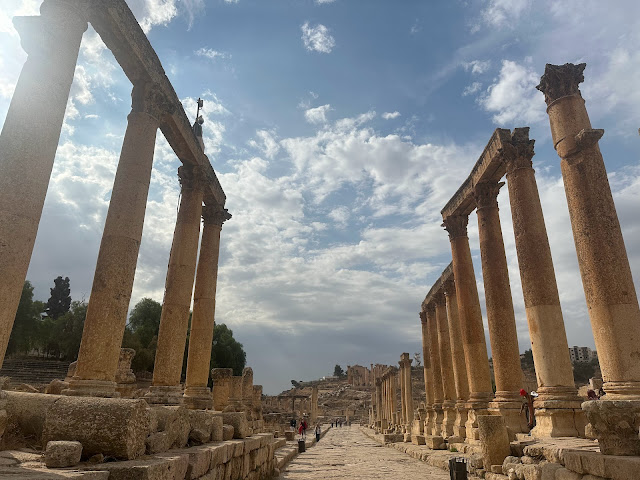The Amman Citadel is an a rcheological site located in Amman, the capital of Jordan. It is considered to be among the world’s oldest continuously inhabited places, beginning from the Pottery Neolithic Period (5500 BCE – 4500 BCE), followed by the Chalcolithic Period (4500 BCE – 3300 BCE), the Bronze Age (3300 BCE – 1200 BCE), the Iron Age (1200 BCE – 539 BCE), the Persian Period (539 BCE – 332 BCE), the Hellenistic Period (332 BCE- 63 BCE), the Nabataean Period (312 BCE – 106 CE), the Roman Period (63 BCE – 324 CE), the Byzantine Period (324 CE – 635 CE), the Umayyad Period (661 CE – 750 CE), the Abbasid Period (750 CE – 969 CE), the Fatimid Period (969 CE – 1171 CE), the Ayyubid Period (1171 CE – 1263 CE), the Mamluk Period (1250 CE – 1516 CE), all the way up to the Ottoman Period (1516 CE – 1918 CE). The Amman Citadel Currently, majority of the structures still remaining within the Citadel belong to the Roman, Byzantine, and Umayyad periods. These incudes the...






